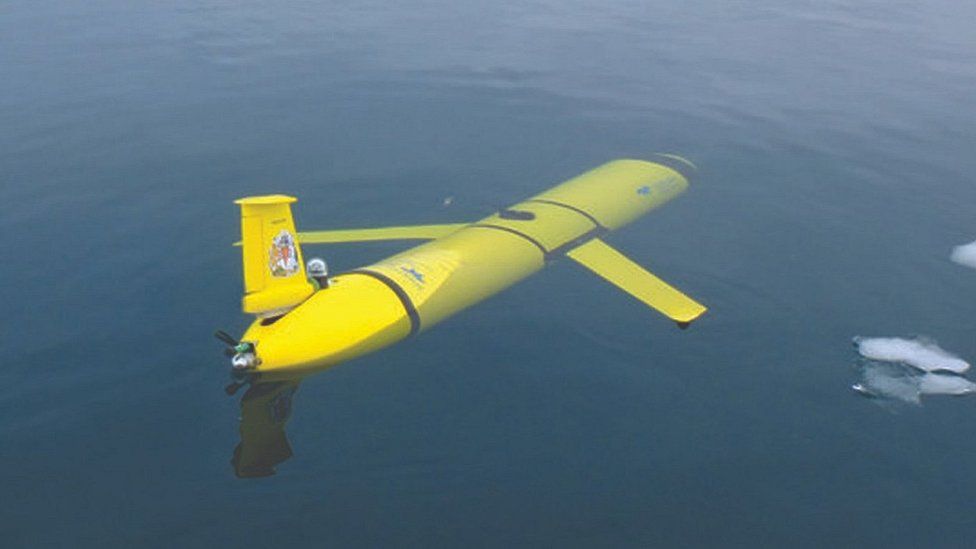MIT analysts have a new framework that is intended to beat a longstanding hindrance with communication between the air and underneath the water. Remote submerged sensors are as of now unfit to impart information to sensors ashore on the grounds that the signals ready to move through the air disperse rapidly in the water. In the meantime, acoustic signals (sonar) signals sent by submerged gadgets reflect off the surface of the water without getting through.
Utilizing a submerged transmitter, scientists sent a sonar signal to the surface of a swimming pool, causing minor vibrations. These were received by a delicate radar, which decoded the 0s that were transmitted as vibrations.
The framework is a “point of reference,” as indicated by co-creator of the exploration paper Fadel Adib, a right-hand teacher in the Media Lab.
Named as TARF (Translational Acoustic-RF communication), the main innovation that empowers correspondence amongst submerged and the air. A TARF transmitter sends standard sound (or SONAR signals). Sound goes as weight waves; when these waves hit the surface, they cause it to vibrate. To get these vibrations, a TARF beneficiary noticeable all around utilizes an extremely touchy radar. The radar transmits a signal which reflects off the water surface and returns. As the water surface vibrates, it makes little changes the got radar signal, empowering a TARF collector to detect the small vibrations caused by the submerged acoustic transmitter.
MIT says TARF can be utilized to discover planes that disappear submerged, to enable military submarines to speak with planes without surfacing and giving ceaselessly their position and to enable submerged automatons to consistently screen marine existence without surfacing to transmit information.






Be First to Comment